CCTV.Lens is the eye of surveillance camera. Correct selection of lens and good installation and adjustment are the first step of clear imaging. At present, 1 / 3 "lens is the mainstream of application, the sales volume of automatic aperture lens is the largest, and zoom lens is the development trend of application.
1) The focal length of the camera to be monitored is selected according to the focal length of the lens.
In terms of focal length, there are short focal length wide-angle lens, medium focal length standard lens and long focal distance lens. The focal length of the lens is usually expressed by value, and the aperture of the lens is generally expressed by F. the value of F is measured by the ratio of the focal length / aperture of the lens to the aperture D. f = f / D, and each lens is marked with its maximum F value.
2) The lens specification of the surveillance camera shall be consistent with the CCD target size of the surveillance camera (1 / 2 "is 6.4hx4.8 υ、 4.8hx3.6 for 1 / 3 " υ、 1 / 4 "is 3.2hx2.4 υ) Corresponding. If the lens size is inconsistent with the CCD target size of the surveillance camera, the observation angle will not meet the design requirements, or the picture will be out of focus.
3) The horizontal and vertical visual degrees of the surveillance camera and the CCD target size HX of the surveillance camera υ And lens focal length f are as follows: horizontal visual degree = 2arctan (H / 2f);
Vertical visual degree = 2arctan( υ/ 2f)。
4) Lenses can be divided into automatic iris and manual iris. Automatic aperture is used when the light of the subject changes a lot, and manual aperture is used where the light of the subject is stable.
There are two driving modes of automatic aperture lens: one is video driver (withamp), which transmits a video signal and power supply from the surveillance camera to the lens to control the aperture on the lens. This video input lens contains amplifier circuit to convert the video signal from the camera into the control of aperture motor. The other is DC driver noamp, It uses the DC voltage on the camera to directly control the aperture. This lens only contains galvanometer aperture motor, and there is no amplifier circuit in the camera. The products of the two driving modes are not interchangeable, but the universal automatic aperture lens has been launched.
5) There are two types of surveillance camera lenses: type C and type CS. The lens installed in type C has a 5mm ring for adjusting the aperture value between the CCD surveillance camera and the lens. The C-type camera can use the CS type lens, but the CS type surveillance camera cannot use the C-type lens.
6) The zoom lens can make the focal length of the lens change within a certain range in one lens, so it can enlarge or reduce the monitored target. Typical optical amplification specifications have different grades, such as 6 ~ 20 times, and electric zoom lenses are the most widely used. Items that can be adjusted according to zoom lens parameters include:
 Three variable lenses - aperture, focus and focal length need to be adjusted manually.
Three variable lenses - aperture, focus and focal length need to be adjusted manually.
 II. Variable lens - usually automatic aperture lens, and the focus and focal length need to be adjusted manually.
II. Variable lens - usually automatic aperture lens, and the focus and focal length need to be adjusted manually.
 Single variable lens - generally automatic aperture and automatic focusing lens, and the focal length needs to be adjusted manually.
Single variable lens - generally automatic aperture and automatic focusing lens, and the focal length needs to be adjusted manually.
7) Varifocal lens is a zoom lens with zoom lens function. The focal length is continuously variable. It can enlarge long-distance objects and provide a wide view to increase the monitoring width.
8) In addition to the traditional spherical lens, the new generation of surveillance camera is aspherical lens. The grinding shape of the lens is parabola, quadratic curve, cubic curve or high-order curve, and the correction factors such as lens phase difference, color difference and spherical aberration are considered in the design. Generally, one aspherical lens can achieve the effect of correcting aberration of multiple spherical lenses, so the number of lenses can be reduced, It makes the lens more accurate, clearer, more accurate color restoration, reduces the light reflection in the lens, and reduces the volume of the lens accordingly. Aspheric lens has the characteristics of variable magnification, short object distance and large aperture. Zoom height can simplify the type of lens, short object distance can be applied to the occasion of close-up surveillance camera, and large aperture can adapt to the place with dark light. Therefore, the application field is becoming wider and wider.
Fog water solution of monitoring lens:
In fact, problems such as fog and water vapor can be solved in the following ways:
Fog appears inside the machine: the formation of fog and frost is due to the condensation of saturated water vapor in the air when it is cold. Due to the strength and weakness of the cold environment, it condenses into frost and fog respectively. During the working process of infrared cameras, especially indoor cameras, fog or frost is often formed on the window glass of the protective cover due to fog or water vapor in the venue, which makes the camera unable to see objects and directly affects the monitoring effect.
Each country's solution to this problem is also different. Add defrosting circuit, open air hole, fill nitrogen, add fan, discharge desiccant, etc. The methods are different, and the effects are certainly different. Some can solve problems, and some still can't. However, from the most basic point of view, it is necessary to strictly control the cleaning of materials and parts and try to eliminate the existence of volatiles. For example, the PCB board shall be free of residual flux, and the shading rubber sleeve shall be made of high-quality silica gel material.
Frost and fog appear on the outside of the machine: when the camera works in a humid environment, dirt is easy to appear on the window glass of the protective cover, resulting in blocking the line of sight of the camera.
Solutions:
Add a wiper on the protective cover and clean the glass by controlling the wiper.
Use invisible windshield wipers. Compared with ordinary window glass, invisible wiper window glass has the functions of repelling water and dust. Finally, some requirements for shell sealing under the condition of high humidity.
If the infrared waterproof camera is applied in the north, there will be a large temperature difference inside and outside the body, and the lens at the front end will be atomized.
Therefore, it is required that the machine must have good sealing and the protective cover must also have good rainproof performance. At this stage, the mainland technology has certain technical problems in terms of sealing, such as the design of the shell, where water leakage occurs in joints and screw interfaces.
2022-05-19 12:22:27
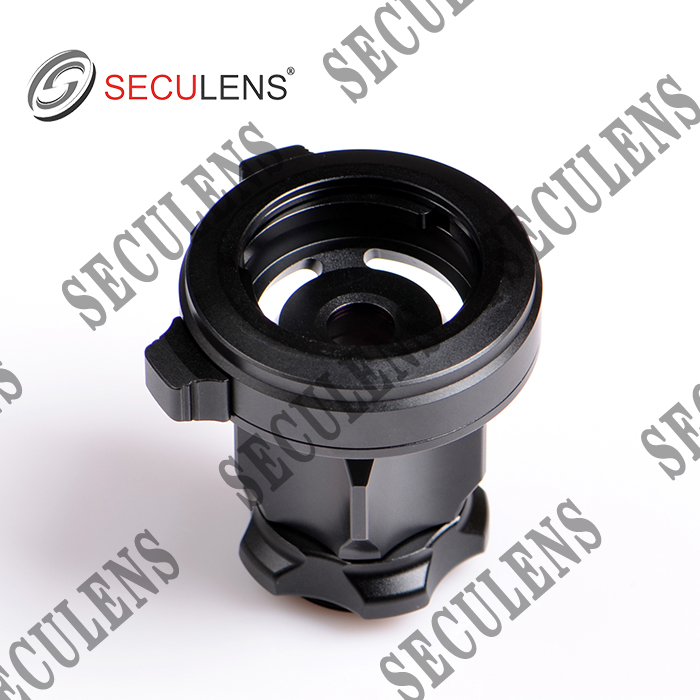
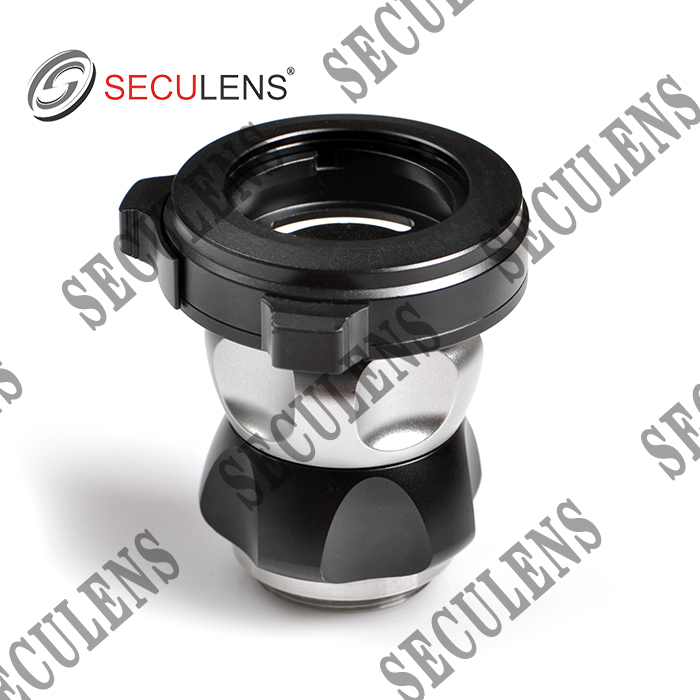
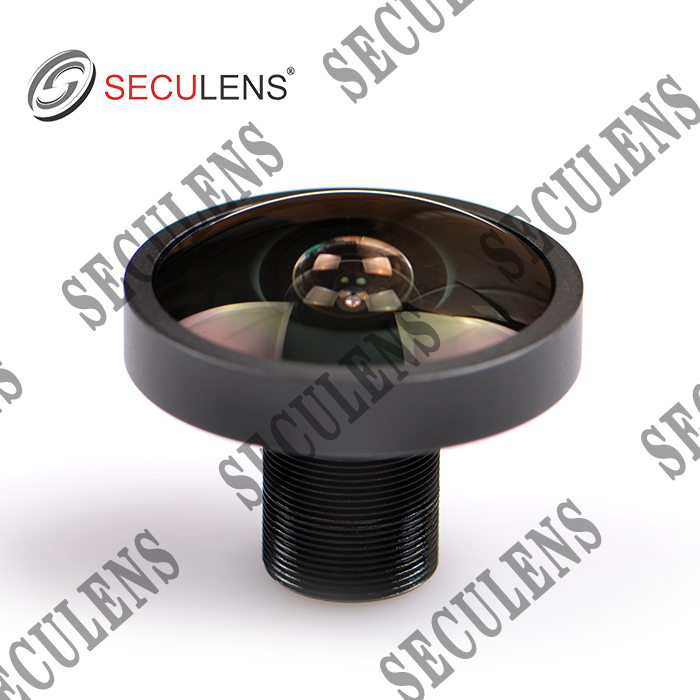
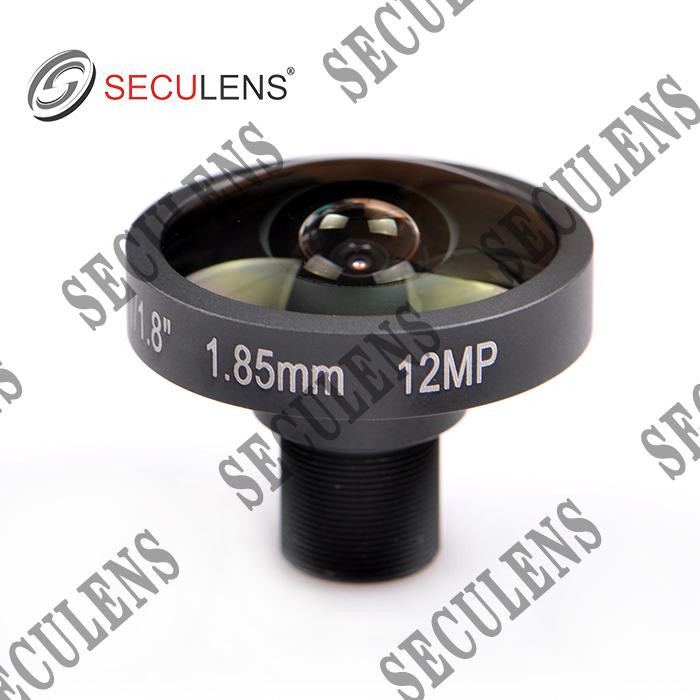
Fisheye lens 1.85mm FT1085 12MP
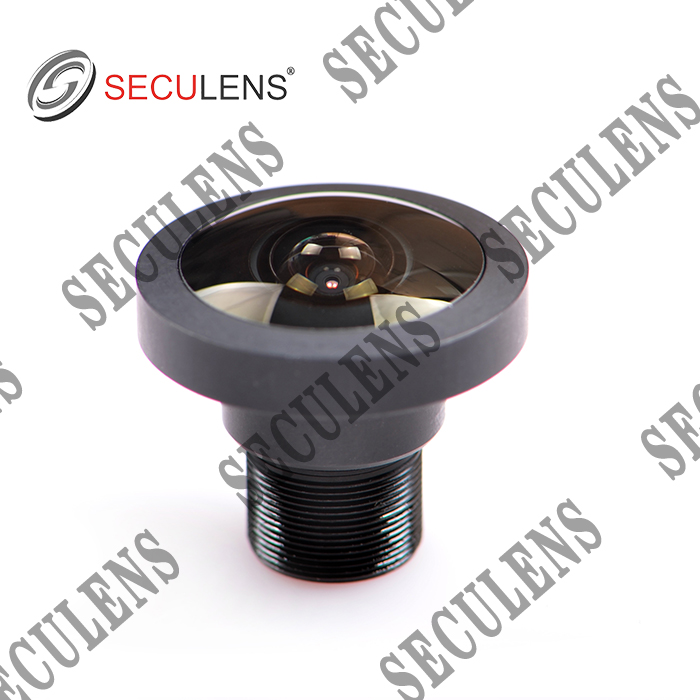
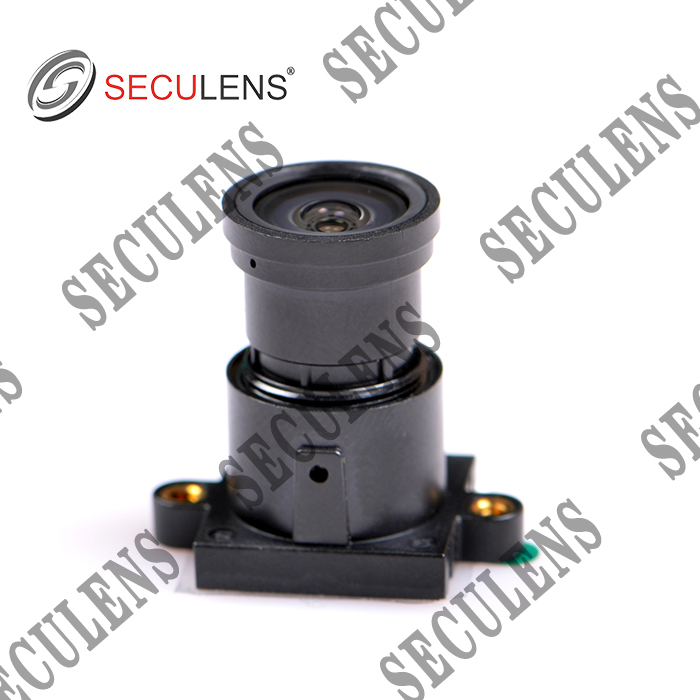
Starlight Lens 2.8mm 0357
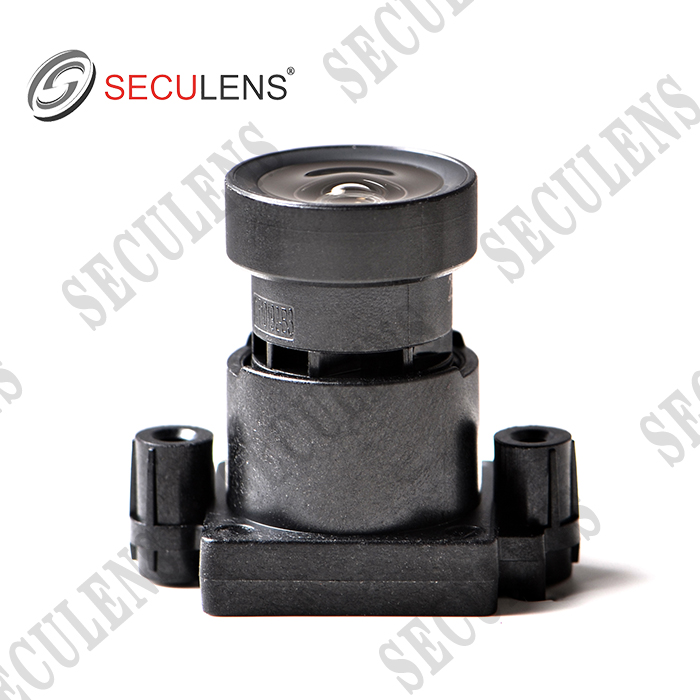
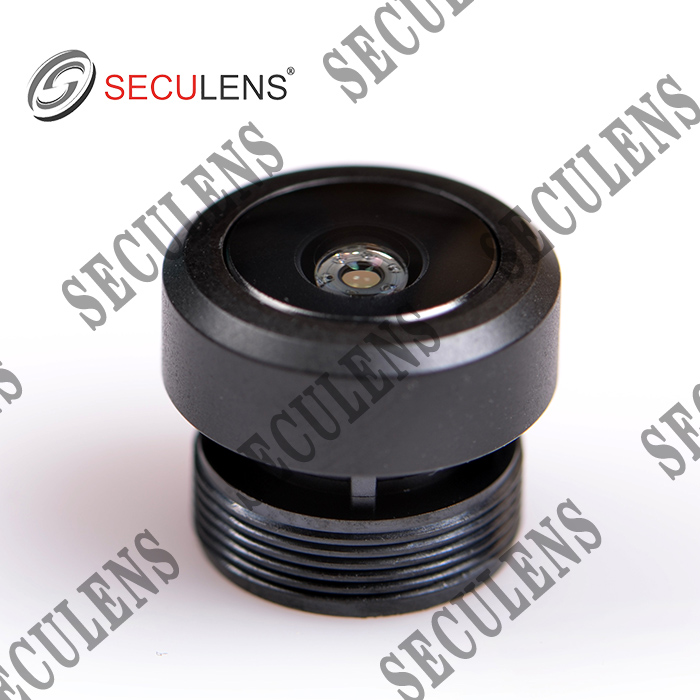
Car Lens 2.6mm SECU8204
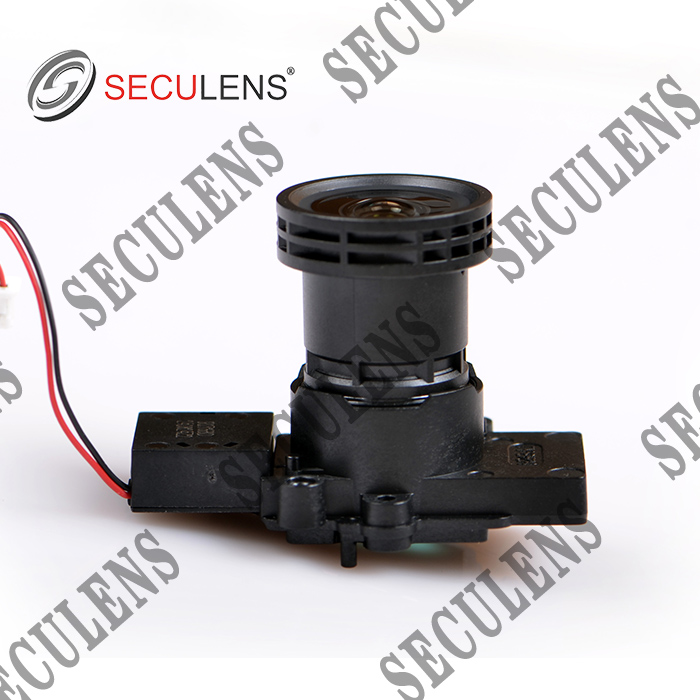
Darklight Lens 10207-8MP+H243+IR0316 4mm 1/1.8"
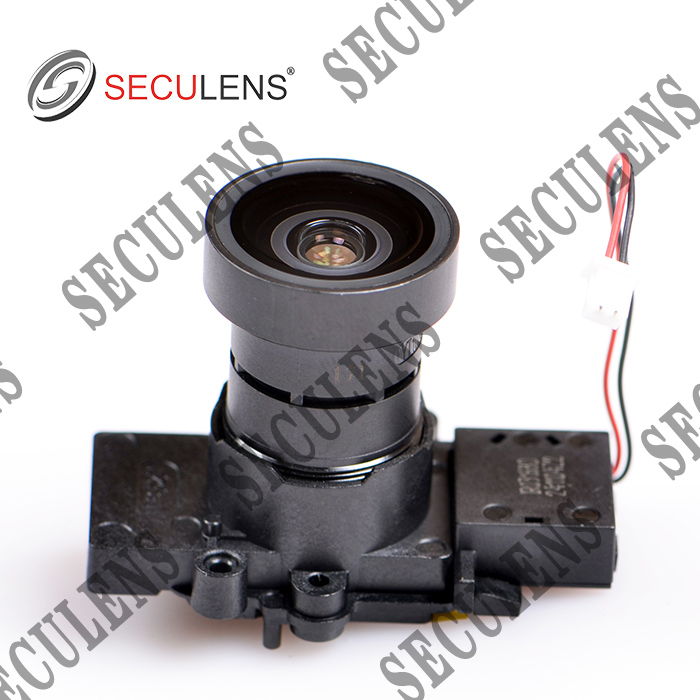
Darklight Lens 10206-8MP+H243+IR0316 2.8mm 1/1.8"
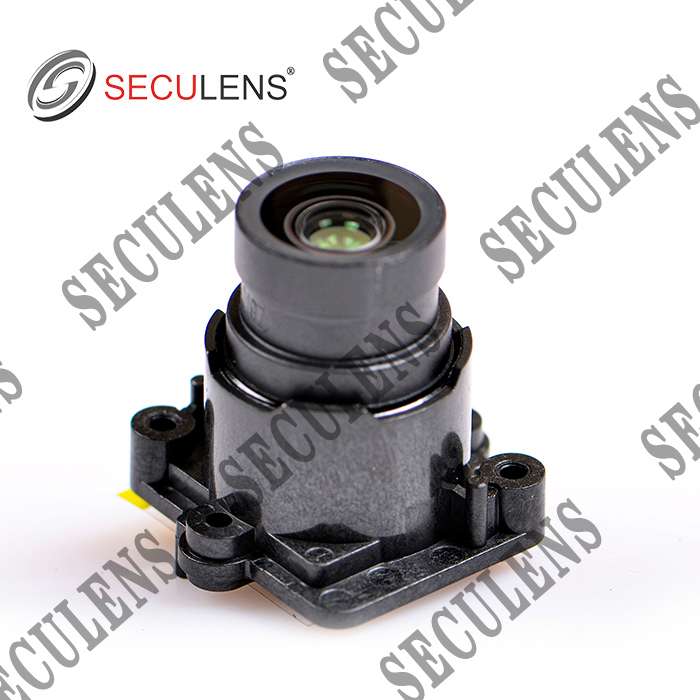
Darklight Lens 10197+IR06312 2.8mm 1/1.8"
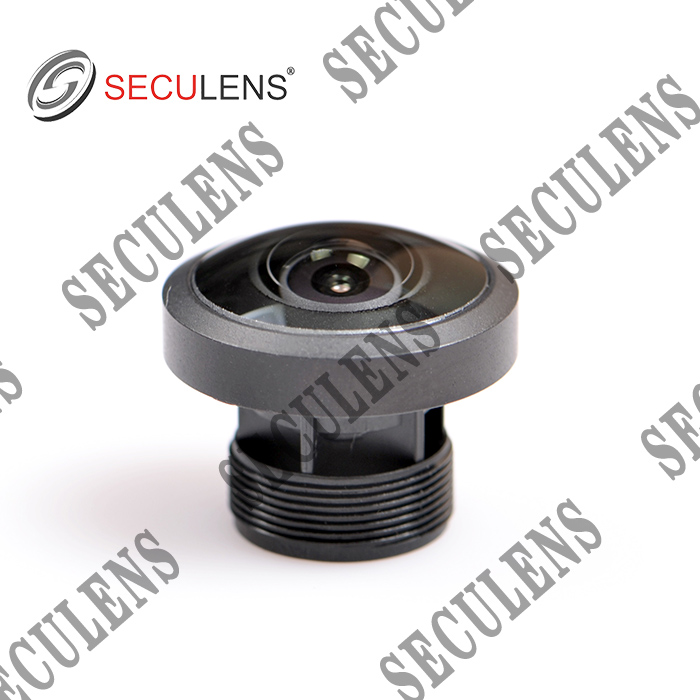
Fisheye lens 1.8mm 5MP 5185
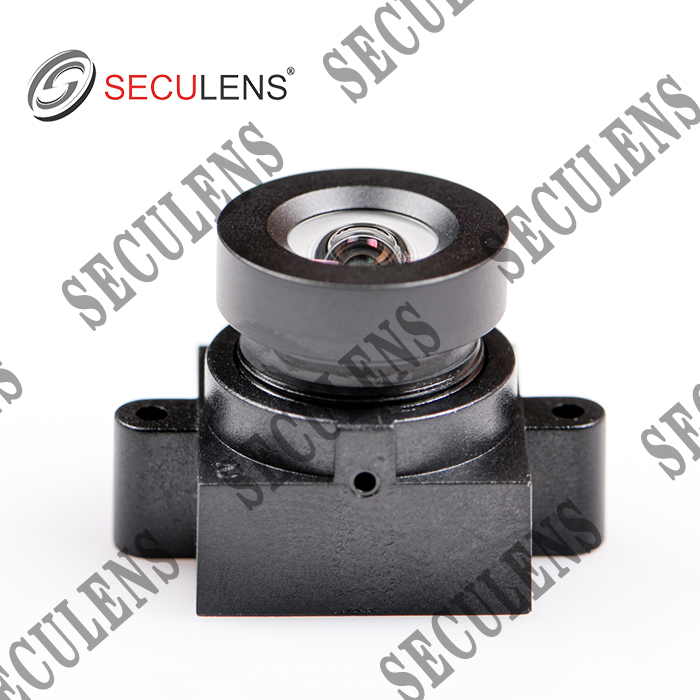
Distortion Free Lens 3526 3.2mm TTL:15.5
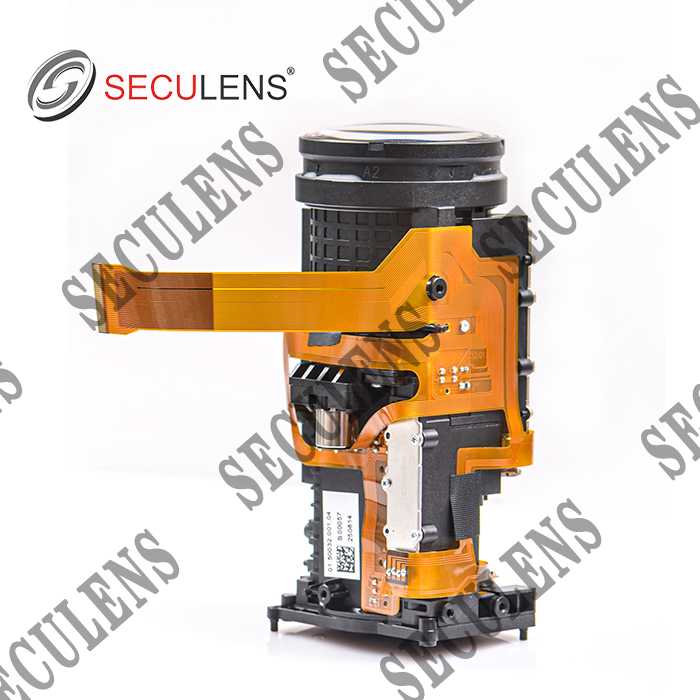
Integrated machine 6-192MM S64192-32YT 30X
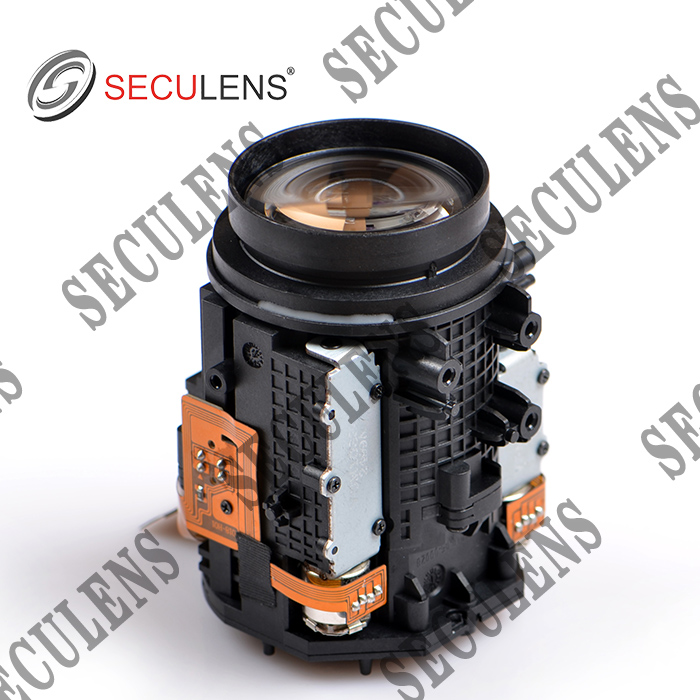
Integrated machine10-40MM S1040-18YT 4X